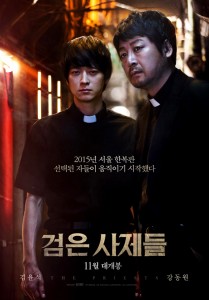
“The Priests” Korean Theatrical Poster
AKA: Black Priests
Director: Jang Jae-Hyon
Writer: Jang Jae-Hyon
Cast: Kim Yun-Seok, Gang Dong-Won, Park So-Dam, Kim Eui-Sung, Son Jong-Hak, Nam Il-Woo, Lee Ho-Jae, Kim Byung-Ok, Jo Soo-Hyang, Park Woong
Running Time: 108 min.
By Paul Bramhall
Out of the many genres that can be found within Korean cinema, it’s the supernatural horror movie that seems to struggle to find any consistency in terms of quality. While movies like The Whispering Corridors series and A Tale of Two Sisters both stand out as superlative examples, it’s fair to say that many of the countries entries into the genre are quickly forgotten. What can’t be argued though, especially in recent years, is that just as popular as the tales of vengeful spirits, are the tales of spirits which have possessed an innocent human host. In other words, the exorcism movie. Hollywood has of course, as it always does, been churning them out like they’re going out of fashion. Since 2010 alone we’ve had The Last Exorcism (and its sequel), The Possession, and The Devil Inside.
Korea thankfully hasn’t been quite as energetic, with their last notable entry into the exorcism sub-genre coming in the form of 2009’s Possessed. So, with the arrival of director Jang Jae-hyon’s debut feature, The Priests, it’s fair to say a sufficient amount of time has passed for audiences to accept the latest demonic possession movie. It’s estimated that almost 30% of the Korean population is of the Christian faith, with 10% of that figure being Catholic, so if anything it’s surprising that we haven’t seen more movies from the local industry pitting the church against some sort of evil spirit.
The plot of The Priests will no doubt seem familiar to anyone who’s seen William Friedkin’s seminal work The Exorcist, a 1973 production that still holds up over 40 years later. Kim Yoon-seok, here in his third movie from 2015 alone, plays a world weary soju drinking exorcist, who despite orders from the church explicitly telling him not to, has been secretly performing exorcisms on a young girl in a coma, believed to be possessed. Yoon-seok isn’t without allies in the church though, and those that believe in him have been hooking him up with assistants to help perform the exorcisms, however none of them ever last very long. The latest is a young deacon, played by Kang Dong-won, last seen as the bad guy in Kundo: Age of the Rampant, and together Yoon-seok plans to expel the demon from the girl once and for all.
Yoon-seok and Dong-won have shared the screen together before, in Choi Dong-hoon’s 2009 feature Jeon Woo Chi: The Taoist Wizard. In that movie Dong-hoon was the lead, playing the title character, so The Priests provides the opportunity for them to share top billing. It quickly becomes clear that it’s a production which benefits greatly from having them both on-board, and onscreen they have a believable chemistry together, which keeps things feeling grounded and based in reality. The possessed girl (has there ever been an exorcism movie in which the victim is a male?) is played by Park So-dam, here featuring in her second horror movie of 2015, the first being The Silenced released earlier in the year.
For a first time director, Jae-hyon kicks off proceedings with an impressive opening, as the Vatican sends a pair of its own exorcists to Korea, having identified that one of the twelve manifestations of evil is residing in Seoul. After successfully capturing the demon, a high impact traffic accident results in it being freed from the grasps of the exorcists, and it’s this event which leads to the involvement of Yoon-seok and Dong-won. It’s clear from the word go that Jae-hyon, who also wrote the script, has put a lot of passion into his debut. On top of the strop opening, there’s also some very subtle references to The Exorcist thrown in for those that are looking for them. Dong-won’s initial scene has his body framed against a building, which clearly recalls the iconic image of Max von Sydow’s arrival at Linda Blair’s house, along with some parts of the soundtrack having faint echoes of Mike Oldfield’s ‘Tubular Bells’.
However The Priests carves out enough of its own identity to separate itself from being simply another derogatory version of The Exorcist. Much of this comes from the unique cultural slant the fact that it’s a Korean production brings to the narrative, like the emphasis on the year of birth, and most notably, the inclusion of a scene involving a traditional Korean shaman performing a gut. Korean shamanism is still a largely overlooked practice, and is rarely shown in mainstream media, so it was refreshing to see it incorporated into the plot for a movie such as this. For anyone who checks out The Priests and would like to know more, I strongly recommend watching the 2013 documentary Manshin: Ten Thousand Spirits. Directed by Park Chan-wook’s brother, Park Chan-kyong, it’s a fascinating look into traditional Korean shamanism.
Despite its strengths though, The Priests also reflects the fact that it’s a director’s debut in various aspects of the narrative. There’s a real feeling that Jae-hyon probably had the tale complete in his head, but not every aspect of it made it onto the screen or script. Several interesting plot points that get introduced early on are never really followed up on. The church superiors suspect Yoon-seok may in fact be abusing the girl, so essentially send Dong-won to assist him as a spy, however once Yoon-seok has Dong-won’s trust, this element is completely dropped. There is a significant scene when Dong-won visits Yoon-seok’s former assistant, however once it’s over, again nothing ever comes from it. Most bafflingly is a senior church member who wakes up from a coma, and all indications point to him being possessed, which after a brief visit and exorcism from Yoon-seok is never touched upon again.
The tone in which Dong-won is first introduced as a suitable candidate to be Yoon-seok’s assistant is also jarringly comedic, and almost comes across like it’s been transplanted from another movie. Dong-won’s mischievous antics play out onscreen, like sneaking out to buy alcohol or cheating in an exam, while Yoon-seok reads out his requirements via voiceover in a poker faced manner. However Jae-hyon directs with a refreshing level of energy, and keeps the pace moving along in such a way that the suspense and tension is kept high throughout, so ultimately these complaints are forgivable. It just would have been even better if he could tie them into the wider plot, making a good film potentially into a great one.
The exorcism is of course the main event, and it doesn’t disappoint. Rather than filling the screen with CGI creations, a mistake that so many modern horror movies make, here it’s used sparingly, and acts to compliment Yoon-seok, Dong-won, and So-dam’s performances rather than distracting from them. Jae-hyon does a great job of wringing the maximum amount of tension from the ritual, ensuring the two priests are definitely not given a smooth ride, and the lack of grand spectacle really keeps it grounded in reality, ensuring the terror feels real. By this point we’re also completely invested in Yoon-seok and Dong-won’s characters, ensuring that as an audience we’re not just watching it for the sake of being scared. The fact that we want the characters to beat the demon makes a lot of difference.
The Priests is a refreshingly straight forward horror movie, which is successful in being both suspenseful and delivering a few jump in your seat moments. By eschewing any pretentious flights of fancy, like the usual winks at the audience or veiled deeper meanings, it actually works in the movies favor. What’s left is a lean supernatural tale of two priests, neither of whom are perfect, that set their sights on freeing a young girl of the demon that’s possessed her, and that’s exactly what they do. It doesn’t re-invent the wheel and may not be completely original, but at the end of the day, who doesn’t like to see good prevailing over evil?
Paul Bramhall’s Rating: 7.5/10



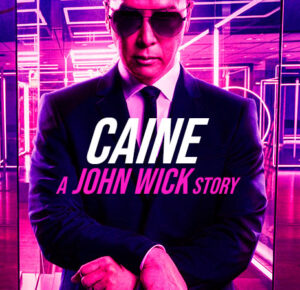

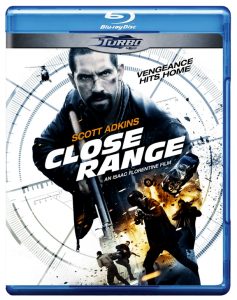









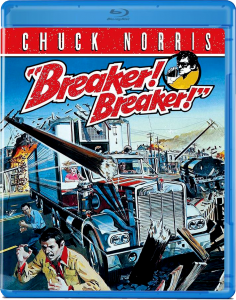
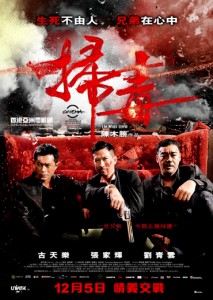
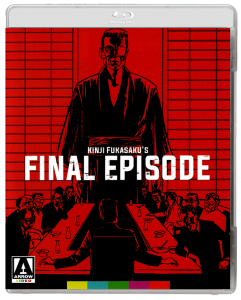
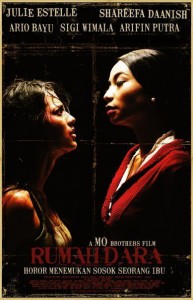
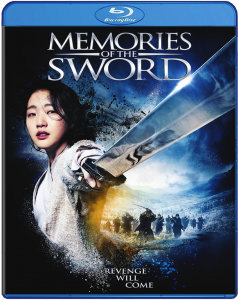
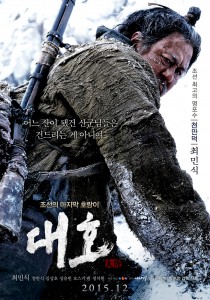
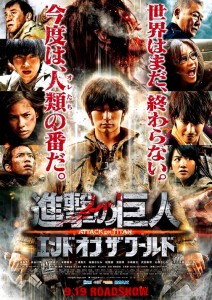

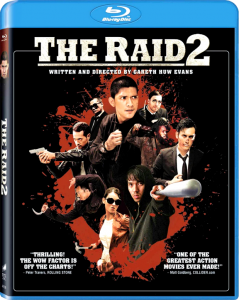
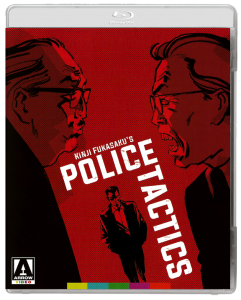
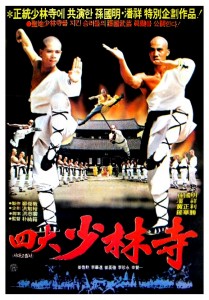
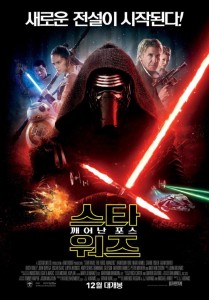



Be the 1st to Comment